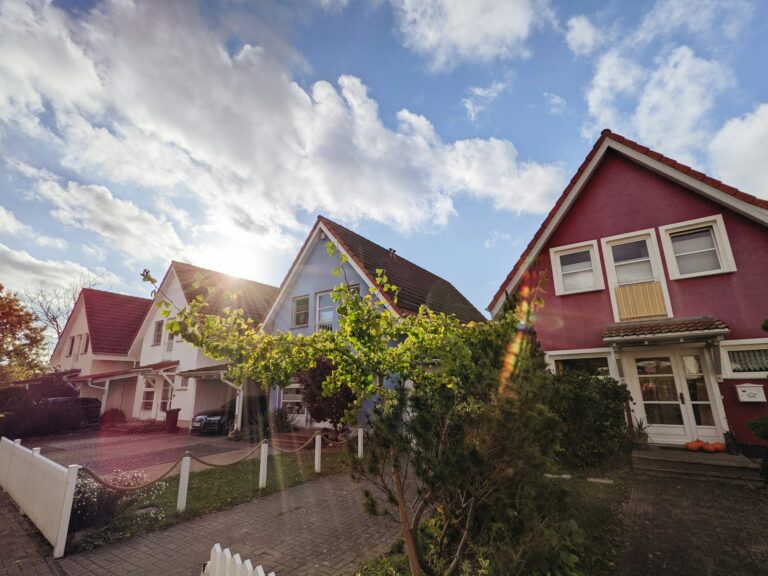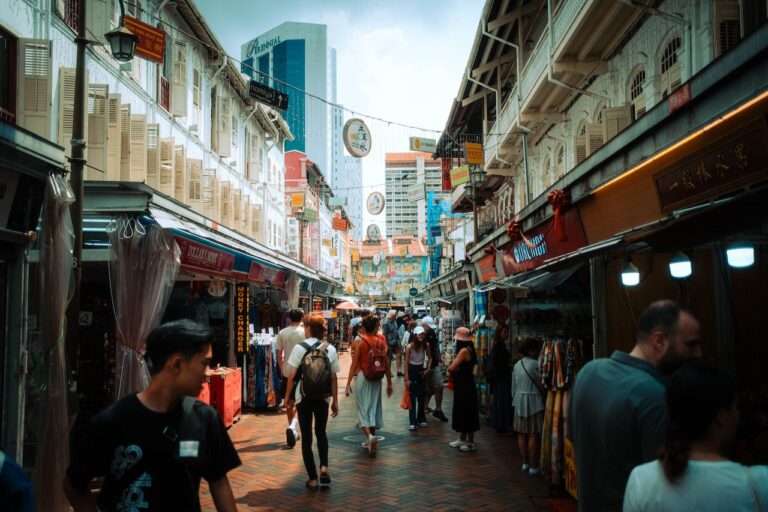Summary:
Selecting the right neighborhood is a pivotal decision when considering a move to Singapore. The city-state offers a diverse array of residential options, each with its unique characteristics. This guide aims to help individuals, especially first-timers, navigate the process of choosing a neighborhood in Singapore that aligns with their preferences and lifestyle. From landed homes to high-rise apartments, understanding the factors that contribute to a good neighborhood choice is essential.
Navigating the Neighborhood Selection Process in Singapore
Neighborhood in Singapore
Crafting Your Ideal Living Experience in Singapore’s Neighborhoods
Embarking on the journey of finding the perfect neighborhood in Singapore is akin to crafting your ideal living experience. Let’s explore the key considerations and attractive features that contribute to making a neighborhood the right fit for you.
Factors to Consider When Choosing a Neighborhood in Singapore
1. Proximity to Work and Transportation
Consider the location of your workplace and the accessibility of public transportation. Living near MRT stations or bus stops can significantly ease daily commutes and enhance convenience.
2. Amenities and Lifestyle
Evaluate the availability of amenities such as supermarkets, schools, parks, and recreational facilities. Assess whether the neighborhood aligns with your preferred lifestyle, whether it’s vibrant and bustling or serene and peaceful.
3. Safety and Security
Prioritize safety by researching the crime rates and overall security measures in the neighborhood. Singapore is known for its safety, but understanding the specific safety features in your chosen area adds an extra layer of assurance.
4. Cultural Diversity
Singapore embraces cultural diversity, and different neighborhoods offer distinct cultural experiences. Explore areas that align with your cultural preferences and provide a sense of community.
5. Educational Institutions
For families, proximity to quality educational institutions is crucial. Research nearby schools and their reputation to ensure a conducive learning environment for children.
6. Affordability and Cost of Living
Understand the cost of living in the chosen neighborhood, including housing prices, grocery costs, and other expenses. Ensure it aligns with your budget and financial goals.
7. Future Development Plans
Research any upcoming development plans or infrastructure projects in the neighborhood. These can influence property values and the overall living experience in the future.
8. Noise Levels and Environment
Consider the noise levels and environmental factors in the neighborhood. Some areas may be quieter and more suitable for families, while others offer a livelier atmosphere.
9. Community Engagement and Events
Explore the community engagement activities and events in the neighborhood. A vibrant community with regular events can contribute to a sense of belonging.
10. Personal Preferences and Priorities
Ultimately, your personal preferences and priorities play a significant role. Whether you prefer a high-rise apartment with a city view or a landed home with a garden, aligning the neighborhood with your lifestyle choices is key.
Conclusion:
Choosing a good neighborhood in Singapore involves a thoughtful consideration of various factors that contribute to your overall living experience. By assessing proximity, amenities, safety, cultural diversity, and other key aspects, you can find a neighborhood that resonates with your preferences and meets your lifestyle needs. This guide aims to simplify the neighborhood selection process, ensuring that your move to Singapore is not only seamless but also enhances your quality of life. Expertise, authoritativeness, and trustworthiness are fundamental in making informed decisions about the ideal neighborhood for your Singaporean residence.





